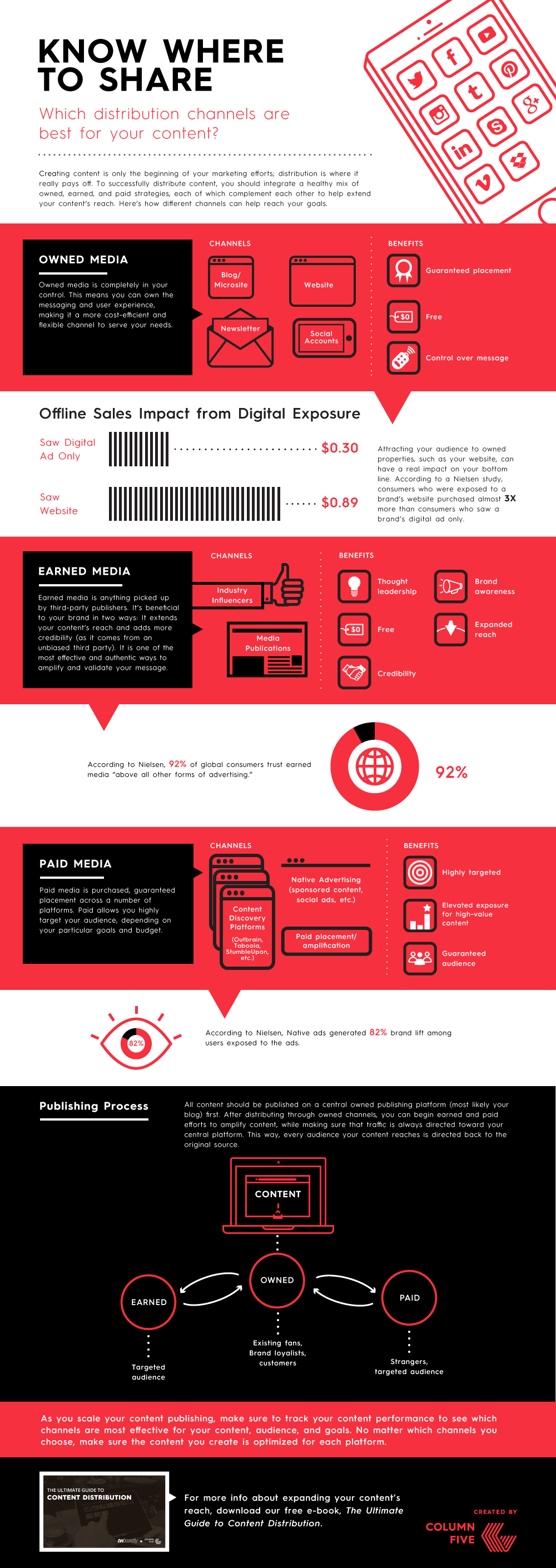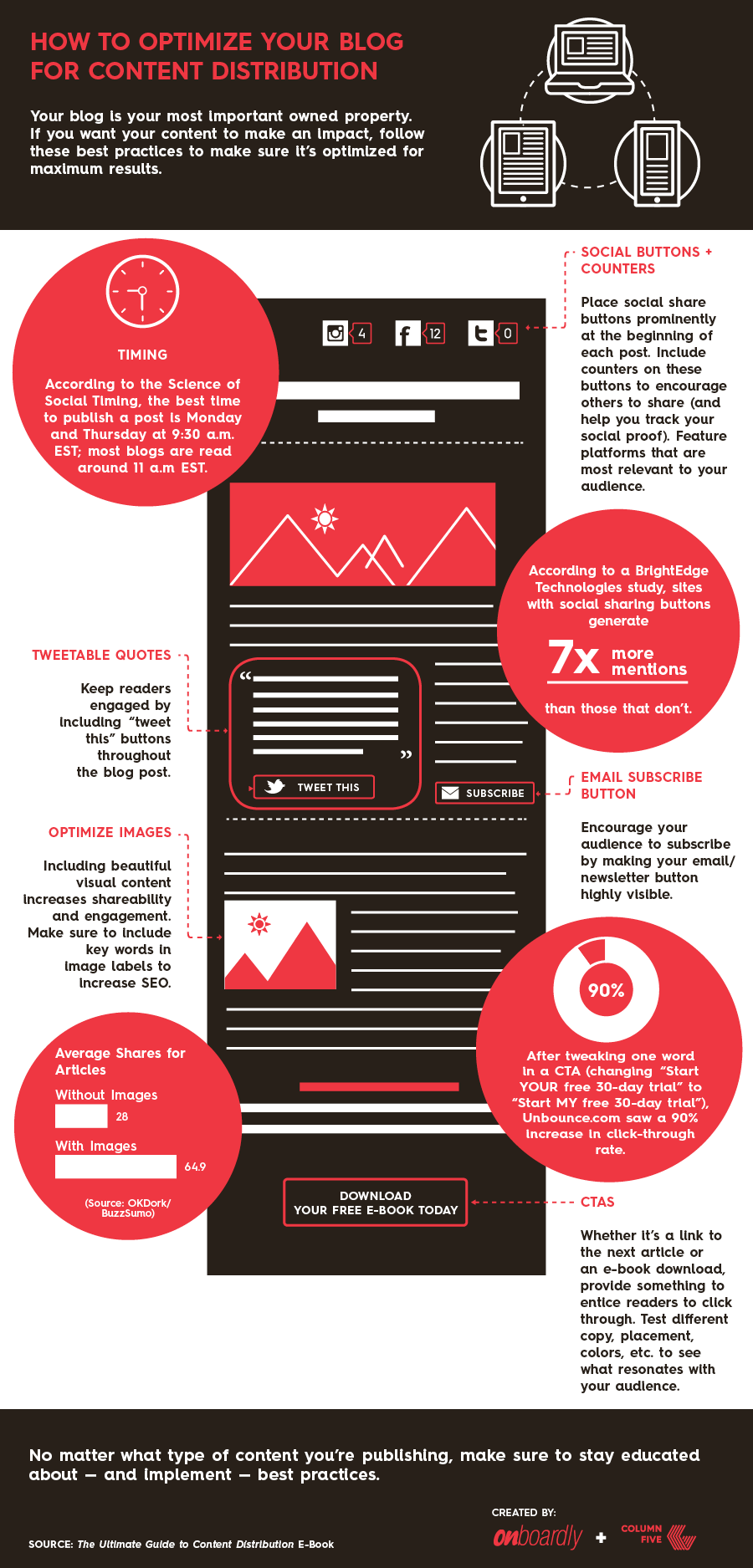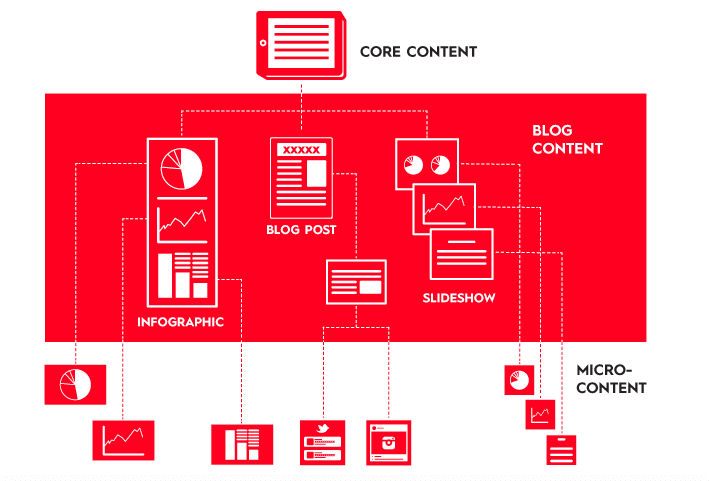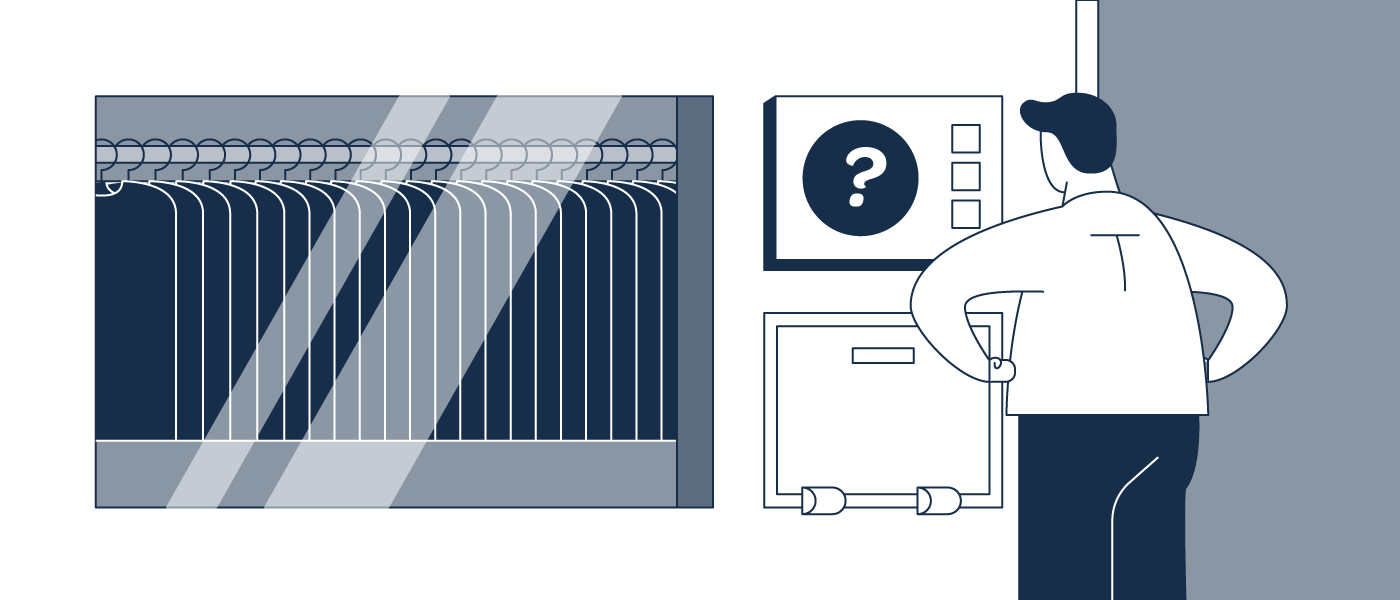It takes a ton of work to create good content, so it’s super frustrating when it doesn’t make the impact you want it to. You may think it has to do with the quality of the content (and, sure, it might), but it’s more likely that your content distribution plan missed the mark.
To get people’s attention, you have to do more than hit publish and cross your fingers. And even when you have a content distribution plan, simple oversights can sabotage your efforts without you realizing it. (Don’t feel bad, we see this happen to brands all the time.)
Luckily, there are a lot of things you can do to improve your content’s impact—even if you’ve already published it. You just need to know what mistakes to avoid in your content distribution plan.
How to Fix the Top 10 Content Distribution Mistakes
After a decade in the game, we’ve seen just about every mistake someone can make, which is why we’ve compiled this roundup (plus our best tips) to help your content succeed. If your content hasn’t been working or has become less effective overtime, make sure you aren’t perpetuating any of these bad habits.
1) Creating a Plan After Content Is Finished
This happens a lot. A content team sends a fresh piece to the promo team and expects them to get it seen, placed, covered, and shared immediately. When things don’t go well, everyone ends up frustrated.
The fix: Always include your PR team from the beginning so that they can offer feedback about the content idea, have enough time to connect with their contacts, arrange exclusives, prepare a launch plan, etc.
You might also consider partnering with a publication to create tailored content. That way you can ensure the content will be featured. (Here’s how to reach out to a publication.)
Also, remember that different types of content can require different promotional tactics. See our tips for distributing motion graphics, e-books, interactive infographics, and infographics to set yourself up for success from the beginning.
2) Targeting the Wrong Channels
Your goal in content distribution is to get your content in front of the people you want to see it, so choosing the best distribution channels is crucial. Different content is better suited for different channels, too, which is why it’s important to have these conversations from the get go. (For example, Instagram is a more visual platform than Twitter.)
Focusing on the wrong channels, or not optimizing content for the channel, will only make it harder to connect with people.
The fix: Consider who you’re trying to reach and choose the most effective channels to reach them. You should also discuss these with your team before content is created to ensure content will be optimized for each channel.

The same goes for social media. Instead of trying to hit every platform, consider focusing on those that will help you achieve your goals. Here’s how to determine which ones will work for you.
3) Tracking the Wrong Metrics
You can’t determine your success if you don’t have any way to measure it. That’s why metrics are so crucial to any distribution plan. The problem is that many brands are all over the place. Some don’t track any metrics, which gives them no insight. Some try to track all the metrics, then find themselves quickly overwhelmed. Many track the wrong ones, which makes it difficult to understand what is and isn’t working.
The fix: The key is to strike the right balance and only focus on metrics that provide the most valuable insight. See our guide to help determine which metrics matter most to you.
4) Not Optimizing for SEO
This is such a common mistake, yet it is the most frustrating to see. SEO traffic plays a huge role in getting eyes on your content, yet so many brands don’t properly optimize their owned properties or content for SEO.
The fix: Make sure your website, blog, and content are optimized for keywords, as well as social sharing. You can start with our guide to optimizing your blog here:

Find out how to optimize your infographics, too.
5) Trying to Reach Everyone
Your content should speak to the specific group of people who are (or will be) in need of your product or service. But if your content is too vague or your distribution strategy too broad, it won’t make the impact it should.
The fix: Craft well-rounded marketing personas that detail exactly who it is you’re trying to reach, what they care about, how they consume information, etc. This will help you better vet content ideas and identify the right distribution channels. We recommend starting with three personas. Here’s how to create personas in four steps.
6) Making It Harder for People to Access Your Content
Yes, you want to increase your keyword rankings. Yes, you want to deliver more site traffic. But forcing people to your site to view content that could be easily published on social can create a bad brand experience that hurts you in the long run.
The fix: Make it as easy as possible for people to access and share content. For example, upload your video directly to Facebook (instead of forcing them to your site), add social buttons to your newsletter (to make it easier to follow you), etc.
Note: This doesn’t mean you can’t tease content, but give them something of value, too. For example, tweet an interesting data visualization from your latest white paper, and include a link to the white paper if they want to learn more.
7) Promoting Your Content Once
Sure, you want your new content to make a splash, but don’t take a one-and-done approach to the stuff you publish. It takes a lot of work to create content, so it’s a waste if you don’t promote it more than once.
The fix: Look for ways to refresh, repurpose, and re-promote your content. For example, you might turn an old e-book into a new infographic or use a divisible content strategy to generate lots of microcontent from one single piece.

It’s also smart to create content around evergreen topics that are always relevant to people (think comprehensive guides, tips, or FAQs). This is a great way to ensure you get the most mileage and long-term value from your content.
8) Not Building Strong Relationships
If you want to secure placement with influencers and publications, you need to cultivate a working relationship before you just spring content on them. Even if you think you have a relationship, one bad pitch can put you on the back burner for a while.
The fix: Find out how to cultivate these relationships, write stellar pitches, and keep on top of what publishers are looking for so that you can deliver it now (or in the future). You should also look for opportunities to cross-promote, guest post, etc.
9) Not Testing Your Tools
Luckily, there are lots of tools that can help your content distribution efforts. But like all tech, there are bound to be some difficulties. Unfortunately, a lot of brands will do a huge launch only to find out later that their tracking links were broken or social buttons weren’t working.
The fix: Regularly test your tools to make sure everything is in working order, and double check everything before you launch. (This goes for everything from tools, to links, to popup modals.)
10) Blowing Your Budget on an Ineffective Paid Campaign
Paid content distribution is a great way to increase your content’s reach, but only if it works well. Unfortunately, a lot of brands shell out for paid campaigns without testing first. This leaves them in the hole with little to show for it.
The fix: Run a small test first, then refine according to the results. This is a foolproof way to help you increase efficacy and prevent money from being wasted.
Remember: Successful Content Distribution Starts With Good Content
People are drawn to content that is relevant, interesting, helpful, entertaining, or inspiring. The better your content, the easier it will be to find and attract the right kind of people. To help your team make more effective content:
- Find out how to make great content for every stage of the buyer’s journey.
- Try these 9 fresh ways to tell your brand story.
- Learn how to turn your culture into compelling content that helps people get to know you.
Of course, if you need help with your content or a little guidance on your content strategy, let’s talk about it.




